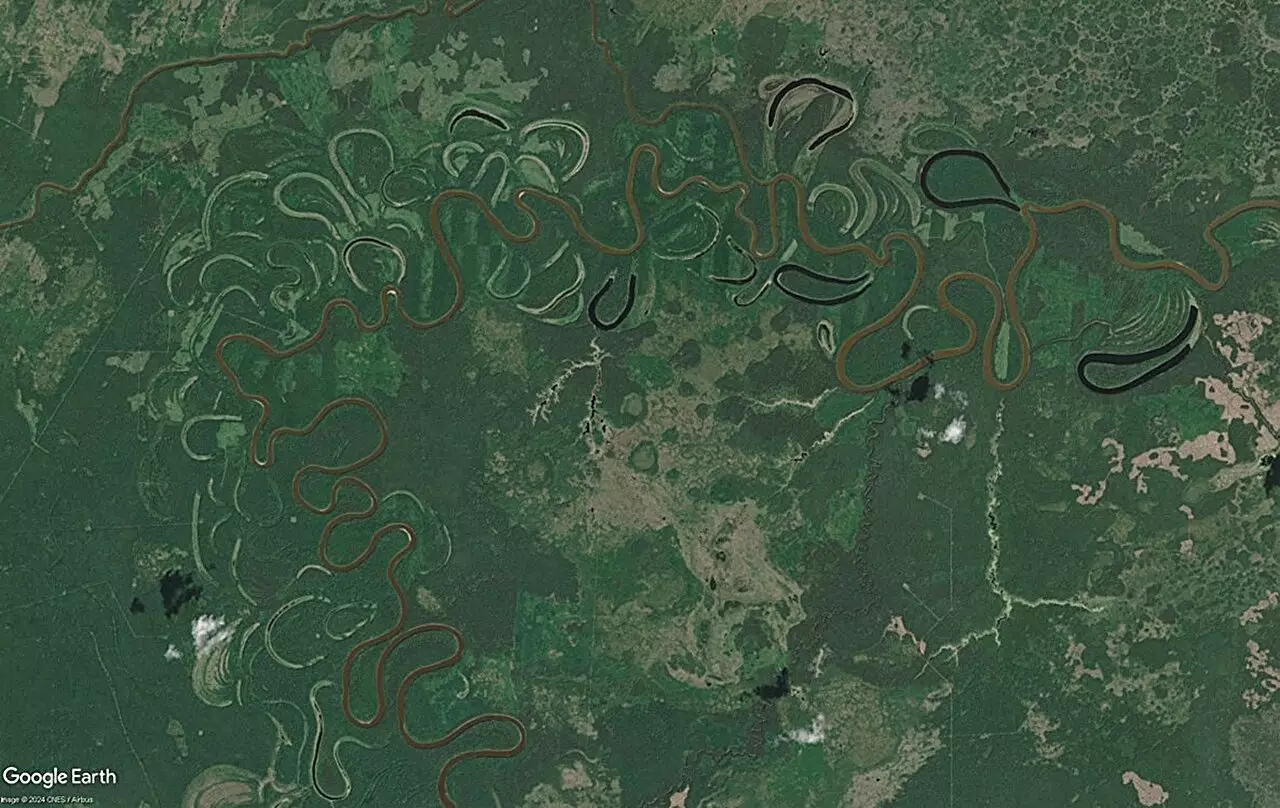The way we understand rivers has long been tied to both traditional ecological perspectives and sedimentological analyses. Conventional methodologies often hinge on the observation of plant life and sediment deposits, yielding insights that, while informative, may not capture the full essence of a river’s behavior. Recently, Riccardo Maitan, a dedicated Ph.D. candidate at the University of Padova, is pioneering a transformative approach that emphasizes the hydrological dynamics of rivers, specifically exploring how peak discharge variability—a vital hydrological metric—reacts within meandering river systems. His research breaks the mold by delving into the nuances of river morphodynamics, shifting the focus from mere observation of static features to the dynamic processes that shape and reshape riverine environments.
The Scientific Backbone of Maitan’s Research
Maitan’s exploration is not without a robust scientific foundation. Drawing upon an expansive corpus of data collected over a 15-year period by the United States Geological Survey (USGS) and complementary time series from Google Earth, his study spans a global selection of 22 rivers, collectively stretching 5,500 kilometers. This breadth allows for a rich analysis that not only contributes significantly to the field of geology but also interlaces with the overarching theme of sustainable development in geosciences. The correlation between peak discharge variability and river morphodynamics offers a fresh lens through which to view the frequency and nature of flooding events, positioning Maitan’s work at the intersection of environmental science and responsible management of water resources.
Understanding Bend Cutoffs: Nature’s Engineering
At the core of Maitan’s research lies the process of bend cutoffs—an essential mechanism by which rivers evolve across alluvial plains. These cutoffs buffer river sinuosity, modulate lateral migration, and influence the overall stratigraphy of the surrounding landscape. Two primary types of cutoffs are identified: neck cutoffs and chute cutoffs. Neck cutoffs occur when the narrow land bridge dividing two adjacent bends is breached, a phenomenon highlighted by the Purus River in Brazil, a tributary to the Amazon. Conversely, chute cutoffs transpire when a river forges new paths through its point bars, as seen in Montana’s Powder River, thus truncating a meander cycle prematurely.
Digging deeper into why these cutoffs occur, Maitan and his team analyze factors such as climatic conditions and vegetation cover. Their findings indicate that variability in overbank discharge—the nature and frequency of floods—emerges as a central determinant of a river’s cutoff regime. Rivers that experience consistent, moderate flooding tend to develop neck cutoffs, whereas those subjected to sporadic, intense flooding are more prone to chute cutoffs. This nuanced understanding of hydrological variability sheds light on not only river evolution but also sediment dynamics and ecological implications.
Legacy of Cutoff Regimes: Traces of the Past
Understanding a river’s cutoff regime provides a powerful tool for reconstructing its geomorphological history. Oxbow trace analysis can serve as an informative technique to unravel the paleohydrologic regimes of meandering rivers, offering insights into how these formidable watercourses have transformed through time. The implications extend beyond mere academic interest; they touch upon critical themes regarding climate resilience and sustainability. The correlation between hydrological variability and river behavior suggests a pressing need to scrutinize human interventions that may alter natural processes.
Maitan’s research unambiguously implies that practices such as dam construction, which are frequently employed to mitigate hydrological fluctuations, may inadvertently shift river morphology—the transition from chute cutoffs to neck cutoffs could destabilize established ecosystems. As bend cutoffs become more frequent, rivers lose their sinuous shapes, altering sediment residence times, which impacts carbon cycling within alluvial plains. This dynamic further underscores the profound interconnectedness of hydrology and climate implications, bolstering the argument for thoughtful environmental stewardship.
The Road Ahead: Implications for River Management
Maitan’s groundbreaking findings promote a deeper understanding of river dynamics and their ecological ramifications. The innovative perspective he provides can revolutionize how we approach river conservation and management strategies. The findings advocate for an integrative perspective that acknowledges the intricate interplay of natural river processes and human activities. As climate change continues to pose challenges to water management, it becomes increasingly crucial to embrace scientific approaches that honor the complex behaviors of rivers rather than merely seeking to control them. Maitan’s research stands as a beacon for future inquiries, merging science with conscientious conservation, providing a roadmap for how we might preserve the invaluable lifelines that rivers represent.

